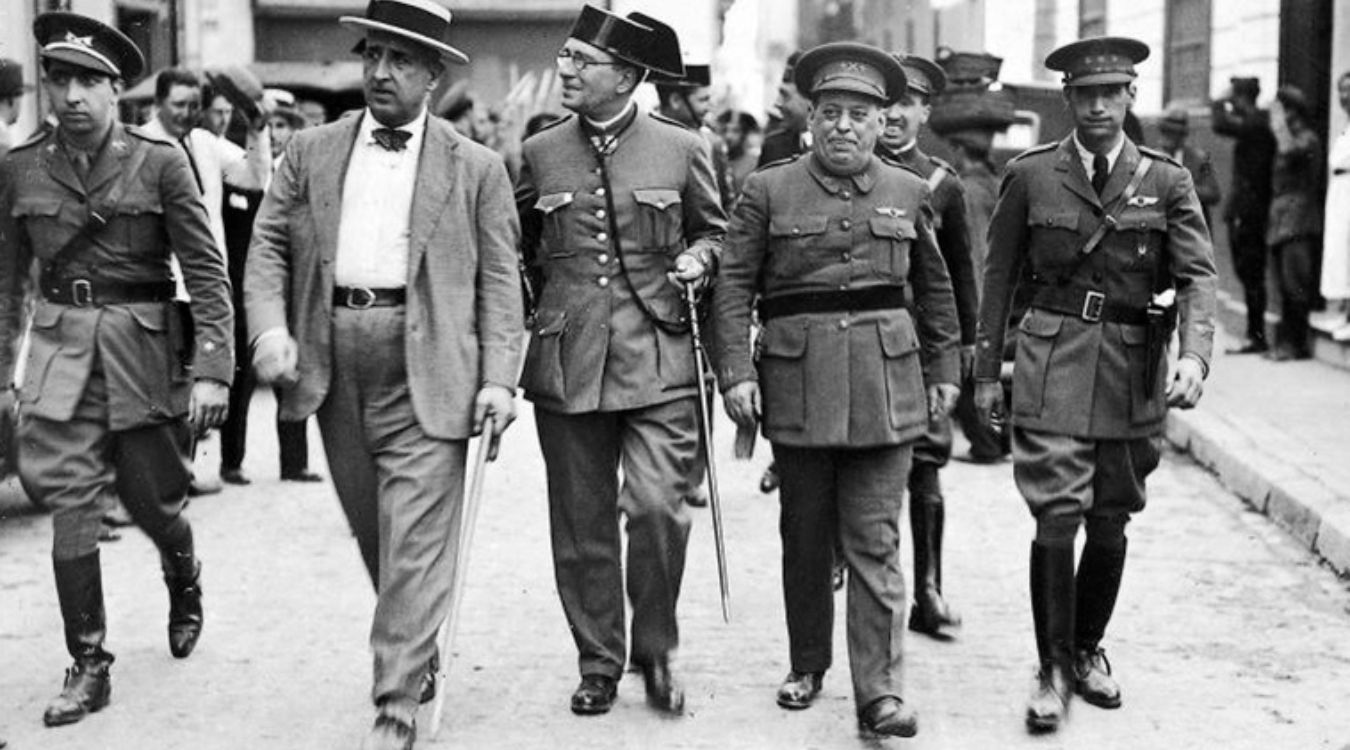
Sanjurjada might not be a term you hear every day, but it holds a significant place in Spanish history. This event, a failed military coup in 1932, aimed to overthrow the Second Spanish Republic. Led by General José Sanjurjo, the coup was a pivotal moment that showcased the political instability of the time. Why did it fail? The coup lacked widespread support and was poorly coordinated. Sanjurjo's arrest and subsequent exile marked the end of this rebellion, but it set the stage for future conflicts in Spain. Understanding Sanjurjada helps us grasp the complexities of Spanish politics during the early 20th century.
Key Takeaways:
- Sanjurjada was a failed coup in 1932, showing the dangers of political polarization and the importance of strong democratic institutions in preventing military takeovers.
- The event highlighted the struggle between conservative and progressive forces in Spain, leaving a lasting impact on Spanish culture and collective memory.
The Origins of Sanjurjada
Sanjurjada, a significant event in Spanish history, has many intriguing aspects. Let's dive into some fascinating facts about it.
- Sanjurjada refers to the failed coup d'état led by General José Sanjurjo in 1932.
- The coup aimed to overthrow the Second Spanish Republic, which had been established in 1931.
- General Sanjurjo was a prominent figure in the Spanish military, known for his conservative views.
Key Players and Their Roles
Understanding the main figures involved in Sanjurjada helps to grasp the event's complexity.
- General Sanjurjo, the mastermind, had previously served as the Director-General of the Civil Guard.
- Prime Minister Manuel Azaña was a key target of the coup due to his progressive policies.
- The coup involved various military officers and conservative politicians who opposed the Republic's reforms.
The Events Leading Up to the Coup
Several factors contributed to the planning and execution of Sanjurjada.
- Economic instability and social unrest in Spain created a fertile ground for a coup.
- The Republic's reforms, including land redistribution and secularization, angered conservative factions.
- Sanjurjo and his supporters believed that a military takeover was necessary to restore order.
The Day of the Coup
The events of the coup unfolded dramatically, with several key moments.
- On August 10, 1932, Sanjurjo and his forces attempted to seize control of key government buildings in Madrid.
- The coup quickly failed due to poor planning and lack of widespread support.
- Sanjurjo was arrested and sentenced to death, although his sentence was later commuted to life imprisonment.
Aftermath and Consequences
The failure of Sanjurjada had significant repercussions for Spain.
- The coup's failure strengthened the position of the Second Spanish Republic.
- Sanjurjo's imprisonment marked the end of his direct involvement in Spanish politics.
- The event highlighted the deep divisions within Spanish society, foreshadowing the Spanish Civil War.
Legacy of Sanjurjada
Sanjurjada's legacy continues to be felt in Spain today.
- The coup is often seen as a precursor to the Spanish Civil War, which began in 1936.
- Sanjurjo's actions are remembered as a symbol of the struggle between conservative and progressive forces in Spain.
- The event is studied by historians as an example of the challenges faced by the Second Spanish Republic.
Cultural Impact
Sanjurjada has also left its mark on Spanish culture and collective memory.
- The coup has been depicted in various books, films, and documentaries.
- Sanjurjo's figure remains controversial, with some viewing him as a hero and others as a traitor.
- The event is commemorated in various ways, including public discussions and academic conferences.
Lessons Learned
Sanjurjada offers valuable lessons for understanding political instability and military coups.
- The coup demonstrates the dangers of political polarization and social unrest.
- It highlights the importance of strong democratic institutions in preventing military takeovers.
- Sanjurjada serves as a reminder of the need for dialogue and compromise in resolving political conflicts.
Interesting Tidbits
Here are some lesser-known facts about Sanjurjada that add depth to the story.
- Sanjurjo's coup was one of several attempted military takeovers during the early years of the Second Spanish Republic.
- Despite his failure, Sanjurjo remained a respected figure among conservative circles.
- The coup's failure led to increased support for the Republic's reforms among the general population.
Comparisons with Other Coups
Comparing Sanjurjada with other coups provides additional insights.
- Unlike some successful coups, Sanjurjada lacked broad support from both the military and civilian population.
- The event shares similarities with other failed coups in history, such as the Beer Hall Putsch in Germany.
- Sanjurjada's failure underscores the importance of careful planning and widespread support for any coup attempt.
Final Thoughts on Sanjurjada
Sanjurjada, a significant event in Spanish history, offers a glimpse into the turbulent times of the early 20th century. This failed coup in 1932, led by General José Sanjurjo, aimed to overthrow the Second Spanish Republic. Although it didn't succeed, it highlighted the deep political divisions and unrest in Spain. Sanjurjo's actions and the subsequent trial and exile of key figures underscored the fragility of the Republic. Understanding Sanjurjada helps us appreciate the complexities of Spain's path to democracy. It also serves as a reminder of the importance of political stability and the dangers of extreme actions. By reflecting on these historical events, we can learn valuable lessons about the impact of political movements and the resilience of democratic institutions.
Frequently Asked Questions
Was this page helpful?
Our commitment to delivering trustworthy and engaging content is at the heart of what we do. Each fact on our site is contributed by real users like you, bringing a wealth of diverse insights and information. To ensure the highest standards of accuracy and reliability, our dedicated editors meticulously review each submission. This process guarantees that the facts we share are not only fascinating but also credible. Trust in our commitment to quality and authenticity as you explore and learn with us.
